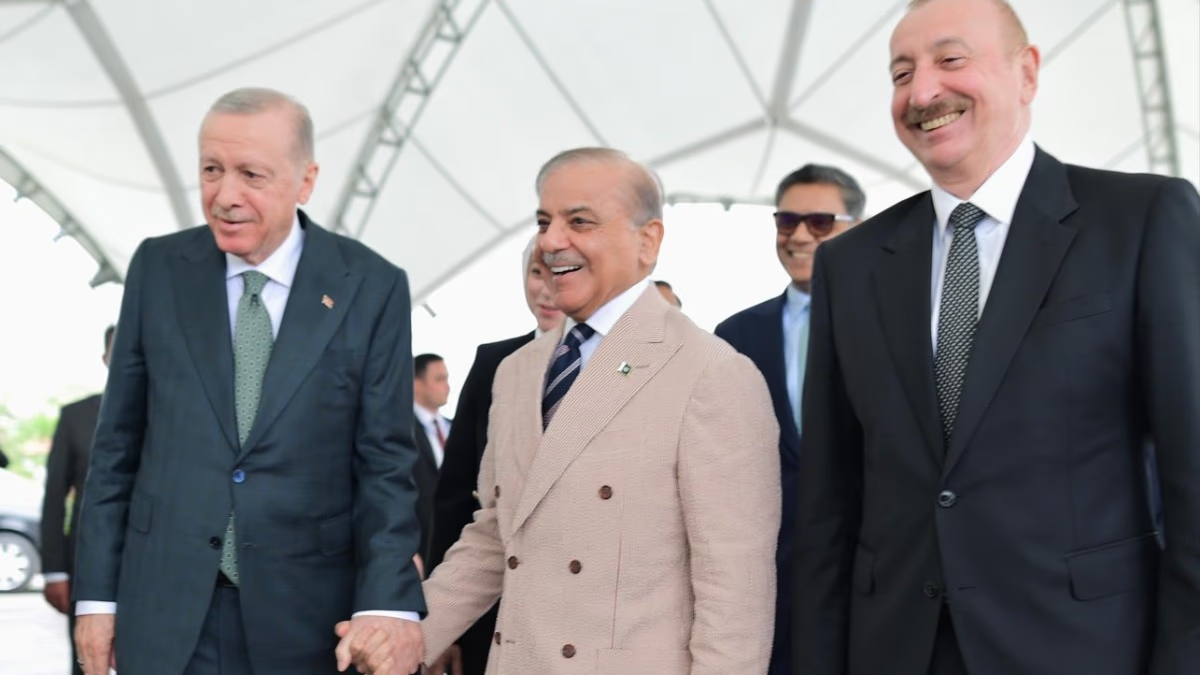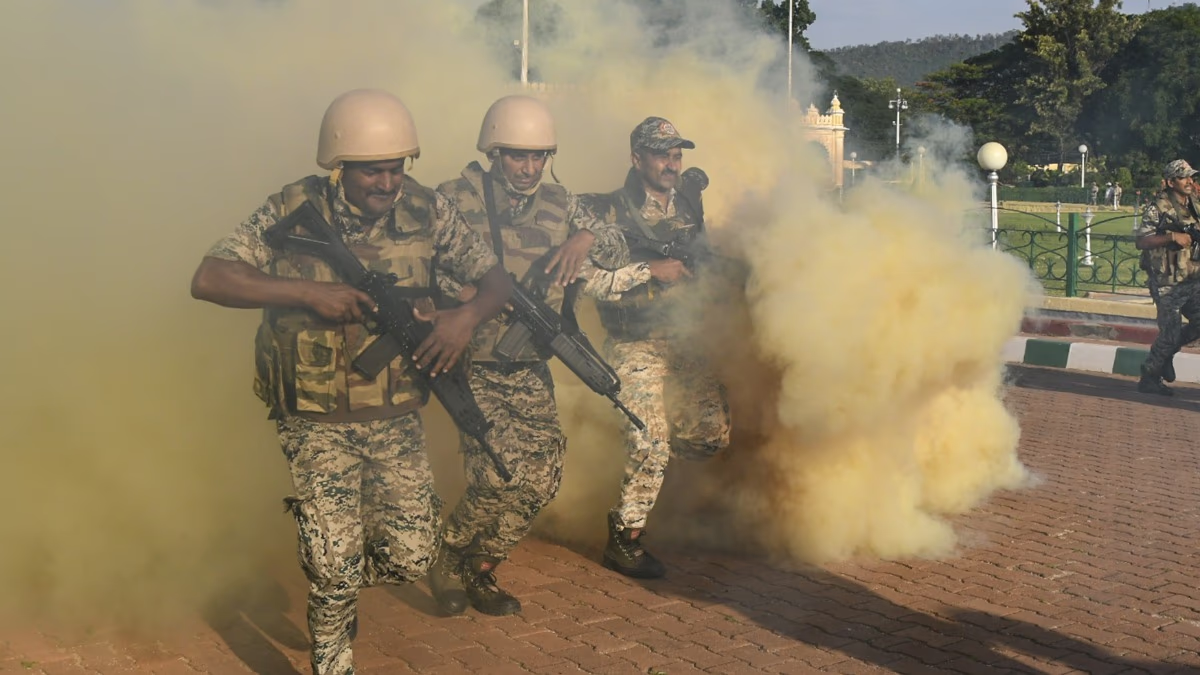Only three countries globally— the United States, Russia, and China— currently possess 5th Generation Stealth Fighter Jets. India is gearing up to join this exclusive club. The Advanced Medium Combat Aircraft (AMCA) project is underway, with two variants— Mark 1 and Mark 2.
What is a 5th Generation Fighter Jet?
5th Generation Fighter Jets are the most advanced and powerful aircraft, featuring superb capabilities like stealth, supercruise, advanced sensors and internal weapons bays, allowing them to evade enemy radar detection.
Stealth Technology: Designed to reduce radar visibility through unique design and materials.
Supercruise: Fly at supersonic speeds without an afterburner.
Advanced Sensors: Equipped with powerful sensors and computing systems providing comprehensive battlefield information.
Internal Weapons Bays: Conceal weapons internally, reducing radar detection risk.
Multi-role Mission: Capable of air combat, ground attacks, and electronic warfare.
Read Also:
India's AMCA Project
India is developing the AMCA, a 25-ton twin-engine stealth fighter jet, in collaboration with the Aeronautical Development Agency (ADA) and Hindustan Aeronautics Limited (HAL). Targeted to be operational by 2035, with costs nearing INR 15,000 crore, it aims to empower the Indian Air Force and Navy.

Source: aajtak
Mark 1 and Mark 2: What's the Difference?
AMCA Mark 1:
The first variant powered by an American GE-F414 engine (98 kN thrust) will be a full-fledged 5th Generation stealth jet featuring internal weapons bays, advanced sensors, and stealth technology. Prototype expected by 2028.
AMCA Mark 2:
More advanced with an indigenous engine offering 110 kN thrust in collaboration with international firms like GE, Safran, or Rolls-Royce. Incorporating some 6th Gen tech such as AI and Directed Energy Weapons.
Read Also:
Why is it Vital for India?
Regional Threats:
China's deployment of J-20 Stealth Jets near the Indian border, and Pakistan's plan to acquire China’s J-35A jets by 2029, necessitate India's AMCA development to counter these challenges.
Atmanirbhar Bharat:
AMCA will boost India's indigenous technology efforts, fostering collaboration between private and government sectors, creating jobs, and strengthening defense industries.
Air Force Requirements:
The Indian Air Force currently has 30 squadrons but requires 42. The AMCA will help fill this gap with seven squadrons (126 jets).
China's Chengdu J-20 (Chengdu J-20)

Source: aajtak
The J-20 Mighty Dragon, China’s first 5th Gen Fighter, developed to rival the US F-22 and Su-57, is a formidable heavily armed aircraft piloted by one individual. It boasts dimensions of 69.7 feet in length, a wingspan of 42.8 feet, and a height of 15.5 feet. Weighing 17,000 KG without arms and fuel, it clocks a top speed of 2450 KM/h, has a combat range of 2000 KM, and can operate up to 5500 KM. It reaches altitudes up to 66,000 feet. The aircraft houses six internal missile mounts and has wings equipped with four pylons.
Russia's Sukhoi Su-57 (Sukhoi Su-57)
The Su-57 Felon is Russia’s first stealth aircraft piloted by one. Measuring 65.11 inches in length, with a wingspan of 46.3 feet, and standing 15.1 feet tall; it reaches speeds of 2135 KM/h with a supersonic range of 1500 KM and accomplishes altitudes of 66,000 feet. It is armed with a 30 mm autocannon and features 12 hardpoints: six inside and six outside. Equipped for air-to-air, air-to-surface, anti-ship, anti-radiation missions, it fits guided, unguided, cluster, anti-tank, and active homing bombs.
Read Also:
America's Lockheed Martin F-35 Lightning II (Lockheed Martin F-35 Lightning II)
Despite leading the pack, the American fighter jet faces performance and control debates. Yet, 750 units are in service across 11 nations, with more orders flowing in. Piloted solo, it measures 51.4 feet in length, a wingspan of 35 feet, and height of 14.4 feet. Speeds reach 1975 KM/h, with a combat range of 1239 KM and a ceiling of 50,000 feet. Armed with a 4-barrel 25 mm rotary cannon firing 180 rounds per minute, it includes four internal and six external hardpoints supporting an array of missile configurations and four bomb types.
What are the Challenges?
Time and Technology: Crafting a 5th Gen jet is complex, necessitating foreign assistance in engines and stealth technology.
Delays: Previous projects like Tejas encountered setbacks, highlighting the need for timely execution of AMCA goals.
Competition: China and Pakistan already hold advantages, pressing India for swift advancement.
What is Happening Now?
Defense Minister Rajnath Singh has approved the AMCA project, aiming for prototypes by 2028 and large-scale production by 2035. The AMCA prototype showcased at Aero India 2025 was a crowd-pleaser, positioning India among the few nations capable of crafting 5th Gen Stealth Jets.




